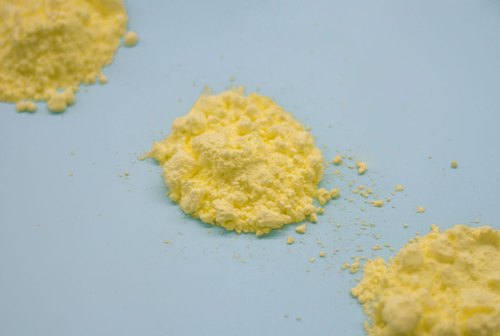From a chemical point of view, industrial sulfur powder is a low-toxic hazardous substance. The steam of industrial sulfur powder and the sulfur dioxide produced by the combustion of sulfur powder are highly toxic substances to the human body. So how to properly store industrial sulfur powder?
First of all, sulfur powder should be stored in a cool and ventilated warehouse. During storage and transportation, it should be kept away from fire and heat sources to avoid burning, and it should not be mixed with oxidants and phosphorus to prevent explosions. From a theoretical point of view, sulfur powder is a low-toxic chemical, but the sulfur dioxide generated by its steam and sulfur combustion is highly toxic to the human body. It reacts violently when it comes into contact with halogens, metal powders, etc. Sulfur is a poor conductor, and will generate static charges during storage and transportation, which can also cause sulfur dust to catch fire. When dust is mixed with air or oxidants, explosive mixtures can be formed. It is easy to explode or burn.
When sulfur accidents occur, people generally experience several situations such as inhalation, ingestion, and skin absorption. Because it can be partially converted into hydrogen sulfide in the intestine and absorbed, so a large amount of oral intake can lead to hydrogen sulfide poisoning. The systemic toxicity of acute hydrogen sulfide poisoning is manifested as symptoms of the central nervous system, including headache, dizziness, fatigue, vomiting, and coma.
In the event of a sulphur leakage accident, the leakage pollution area should be isolated, the access should be restricted, and the fire source should be cut off at the same time. Emergency responders should wear self-priming filter dust masks and general work clothes. Personnel should not come into direct contact with spillage. When a small amount of leakage occurs, avoid raising dust, and use a clean shovel to collect the leakage in a dry, clean, covered container and transfer it to a safe place. When there is a large amount of leakage, cover it with plastic sheeting or canvas to reduce scattering, and then use non-sparking tools to collect and recycle or transport it to a waste disposal site for disposal.

